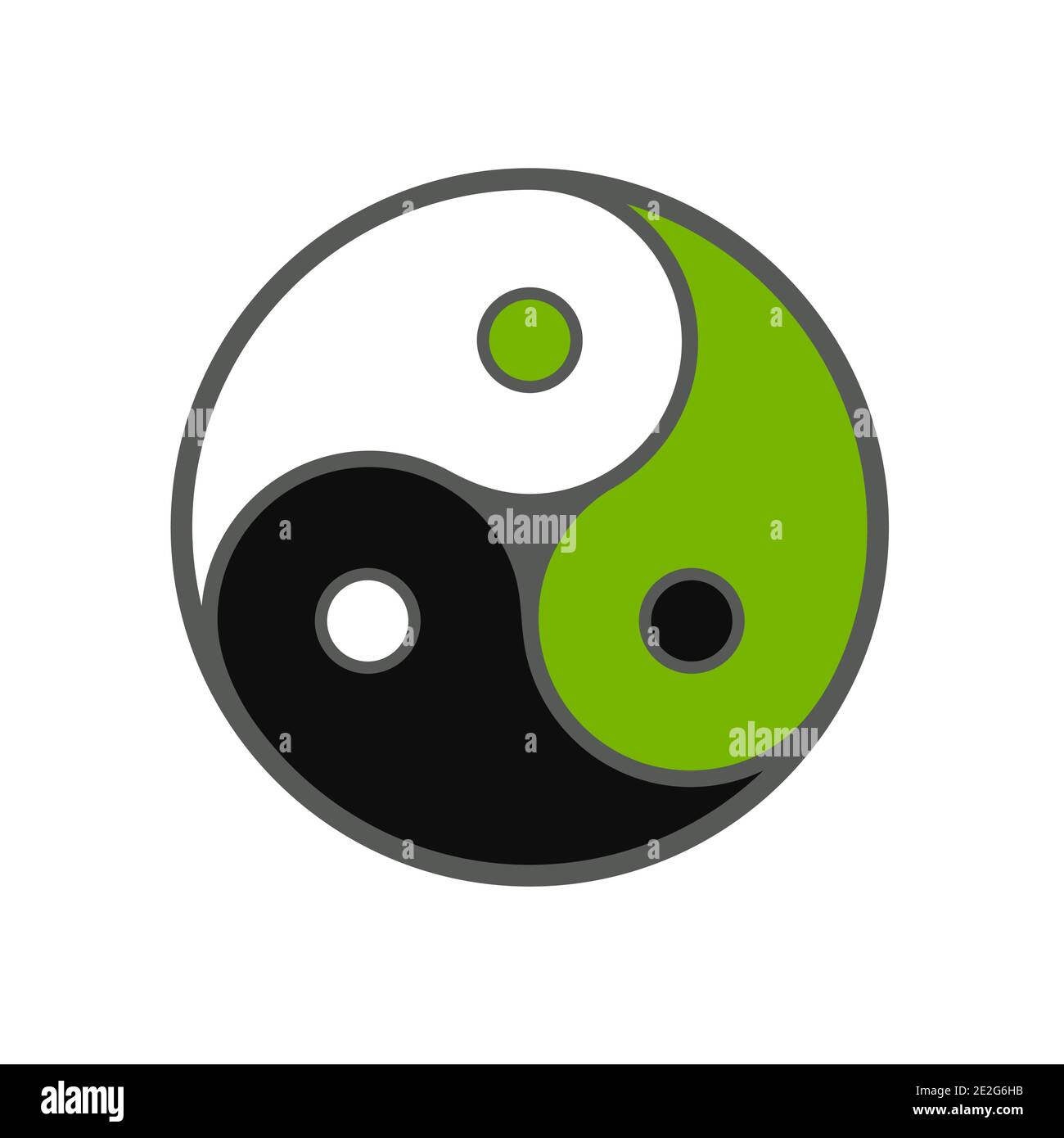
Yin is dark, cold, empty, passive, submissive, hidden, still, soft, the water, the moon, the earth, and the feminine. This led to the classification of everything that exists as a yin or a yang element. And the cold and shady side was called Yin. The sunny and warm side of the mountain was called Yang. YinYang (Yin Yang) started off as two separate terms to describe geographic places in relation to the sun. The Yijing reflects the ancient Chinese thought that everything becomes and transforms… from yin to yang and yang to yin. When one line changes from yin to yang or yang to yin, the entire hexagram changes, as well as the interpretation. They each mean something, and so does each of its lines. The text centres around 64 hexagrams, made of yin and yang lines, designed to cover all the structures of being and possible changes.
NAME OF THE YIN AND YANG SYMBOL MANUAL
The Yijing is basically a manual that provides advice to any specific question one may have. It’s the oldest living classic of China, and the precursor of most of Chinese philosophy and culture. The Yijing (or I Ching) is a divination text based on changes and transformation.


The art consisted of numerical representations, text and shapes, with the goal of communicating the patterns of the universe according to the vision of the Yijing. Intellectuals of ancient China practiced an art called Xiang or Tu, the art of diagram or image-making. The Yin Yang Symbol Evolved Through a Series of Diagrams The Yinyang history and applications are ginormous, so I will be sharing the key points, in the most simplistic way as possible. Bad? We’ll get to the bottom of this, but first I need to stress that the information will be highly condensed. The Yin Yang, also written ‘Yinyang’ or Yin-Yang, is an ancient symbol based on Chinese philosophy, but how exactly did it come about? What is the true meaning behind it? Does it mean Good vs.


 0 kommentar(er)
0 kommentar(er)
